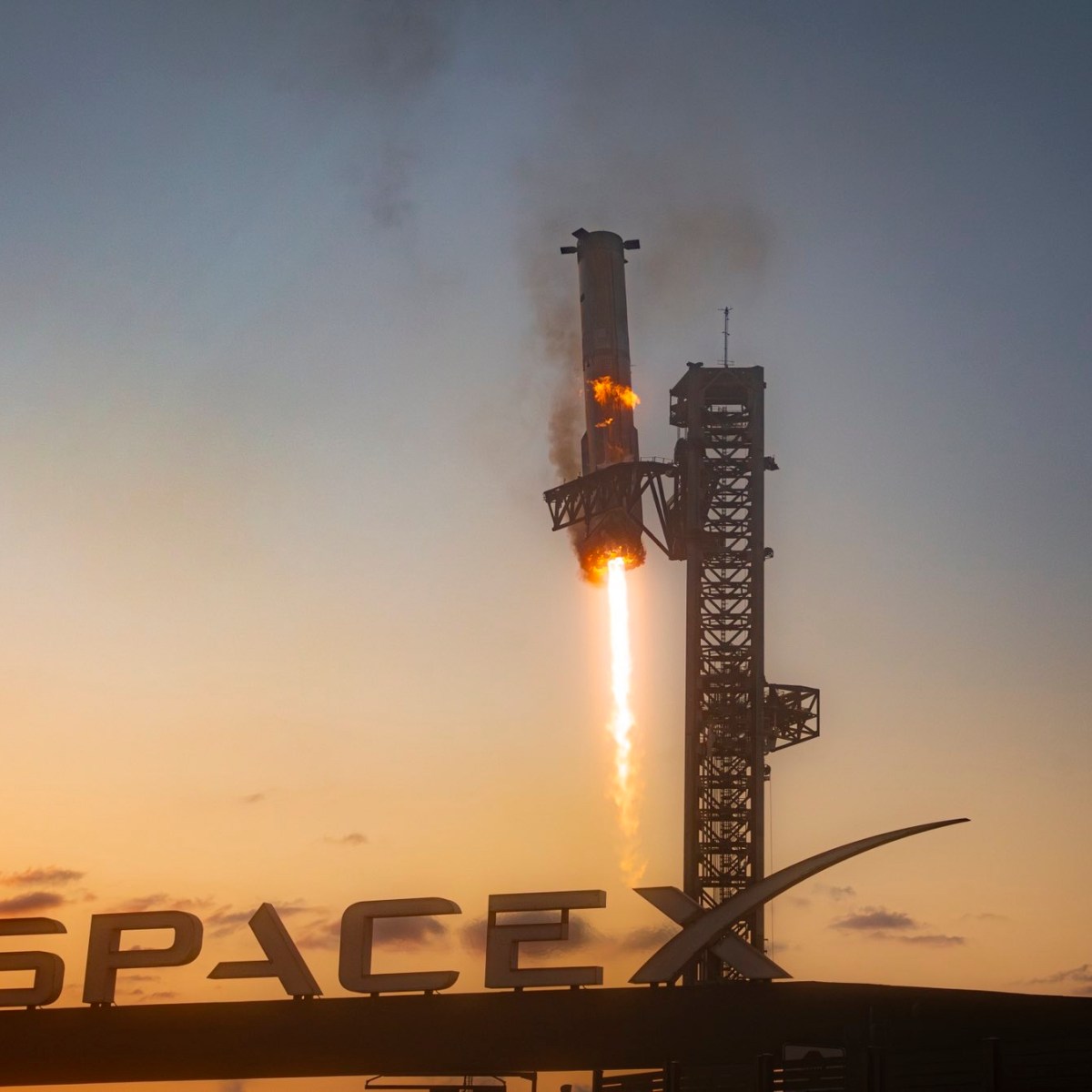The International Astronautical Congress 2023: SpaceX’s Starship Ignites Industry Conversations
The International Astronautical Congress (IAC) held annually is a convergence point for space enthusiasts, experts, and industry leaders worldwide. This year’s event in Milan attracted more than 11,000 participants, but the highlight for many was not within the convention’s walls. Instead, all eyes were on a significant development taking place over 9,000 kilometers away in Boca Chica, Texas.
On October 13, a day before IAC’s commencement, SpaceX achieved a milestone with the successful launch of its Starship/Super Heavy vehicle. This flight was a remarkable demonstration of the Super Heavy booster’s ability to return to the launch site and be "caught" by mechanical arms mounted on the launch tower. This achievement is pivotal for SpaceX as it pursues rapid reusability, a crucial aspect for upcoming missions, including NASA’s Human Landing System (HLS) program. The HLS is a part of NASA’s Artemis program aiming to land humans back on the Moon.
While SpaceX did not have a prominent presence at the IAC, the impact of its latest flight resonated throughout the event. Many attendees were captivated by the company’s technological prowess, highlighting a widening gap between SpaceX and other industry players.
For NASA, SpaceX’s successful test was a promising sign that the HLS version of Starship is progressing well. The agency remains intent on keeping Artemis 3 on schedule, aiming for no earlier than September 2026. During an October 14 plenary session with space agency leaders, NASA Administrator Bill Nelson emphasized SpaceX’s recent success as a crucial step in the spacecraft’s development. "Just yesterday, SpaceX has a very successful fifth launch as they develop this very large rocket," Nelson stated. He further reinforced this positive outlook during a press conference, noting that SpaceX’s progress is on track to meet their benchmarks for a late 2026 moon landing.
The successful test flight also garnered excitement from companies intending to utilize Starship for various missions. These range from deploying large payloads, such as commercial space stations in low Earth orbit, to conducting commercial lunar missions.
However, the reactions were mixed, especially among European companies and agencies. Their responses are shaped by Europe’s recent experiences with its launch capabilities. Europe is emerging from a challenging period labeled as a "launcher crisis," marked by the successful inaugural launch of the Ariane 6 in July and the anticipated return of the Vega C in early December.
Rocket Factory Augsburg, a European company, expressed both admiration and concern in a social media post. "Congratulations to SpaceX, what an incredible feat of engineering! Mars, here we come," the post read. Yet, it also highlighted a stark reality: "At the same time, the coin has a second side. It shows and confirms that Europe has completely lost touch. Can it still catch up? No chance. At least not the way things are going at the moment."
This candid reflection comes in the wake of Rocket Factory Augsburg’s own challenges, such as the loss of its first RFA ONE launch vehicle during a static-fire test accident in August. The company has called for European governments to act as anchor customers for new launch vehicles, advocating for increased investment and a framework that supports rapid and risk-taking development.
Josef Aschbacher, Director General of the European Space Agency (ESA), shared his thoughts in an October 15 interview. While impressed by the engineering marvel of SpaceX’s launch, Aschbacher recognized the need for Europe to adapt to the changing aerospace landscape. "I then have to think, what does it mean for Europe, and to see what would be the change in the landscape and the ecosystem, and what do we need to do," he remarked. Aschbacher acknowledged that direct competition with SpaceX’s Starship might not be feasible, but emphasized the importance of finding a niche within the evolving space economy.
The broader implications of SpaceX’s advancements were evident, particularly regarding the importance of reusability in future launch vehicles. This was a sentiment echoed by S. Somanath, chairman of the Indian space agency, during the same plenary session. He announced that the Indian government recently approved the development of the Next Generation Launch Vehicle (NGLV), which will feature a reusable booster and enhanced payload capabilities. The development of NGLV is expected to span six years, underscoring the global shift towards reusability as a necessary feature for modern launch systems.
Somanath emphasized, "I think all of you realize that reusability is mandatory for launchers."
The advancements demonstrated by SpaceX’s Starship are reshaping the aerospace industry, prompting nations and companies worldwide to rethink their strategies. For Europe, this could mean embracing new roles within the space economy, leveraging unique strengths, and fostering innovation to remain competitive. Meanwhile, the success of SpaceX’s Starship serves as a catalyst for other nations, like India, to accelerate their efforts in developing next-generation, reusable launch vehicles.
As the space industry evolves, collaboration and competition will drive technological advancements and shape the future of space exploration. The International Astronautical Congress, with its diverse gathering of stakeholders, continues to be a platform where these critical discussions unfold, paving the way for new possibilities and partnerships in the quest to explore the final frontier.
For more information on SpaceX’s latest achievements and their implications for the space industry, visit SpaceNews.
For more Information, Refer to this article.

































